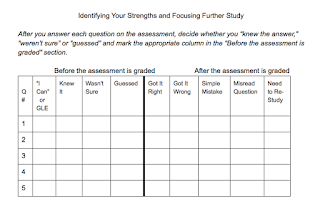WIth or without a Protocol, Embrace the Wisdom of Others
Imagine for a moment that each day, before working with others, you had an opportunity to explore social media profiles for those people you were to work with. For the sake of this exercise, focus on the profiles you have seen where people are using social media as it was intended, to further personal and professional relationships. Often, these profiles feature “Favorite Quote” sections where individuals can share quotes that are personally profound. The first quote you come across is this one, by football legend Vince Lombardi: “Fatigue makes cowards of us all.” Do you think you could personally and professionally connect with a person whose profile features this quote? The next person’s profile features this quote from the Talmud, a central text of Judaism: “It is not up to you to finish the work, but neither are you free not to take it up.” Can you connect with this person? You then look at a third person’s profile, and she has a quote by former First Lady Eleanor Roos





